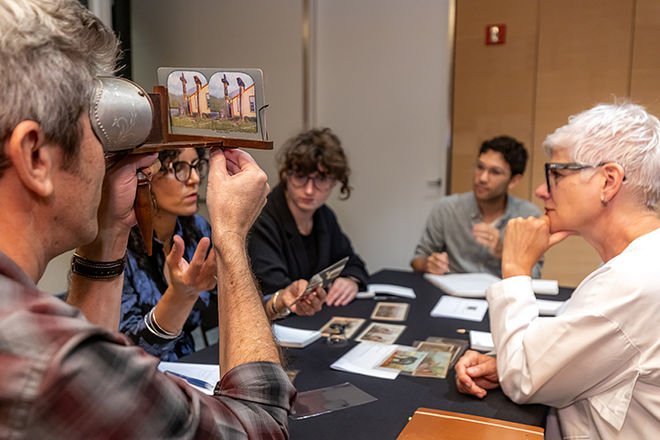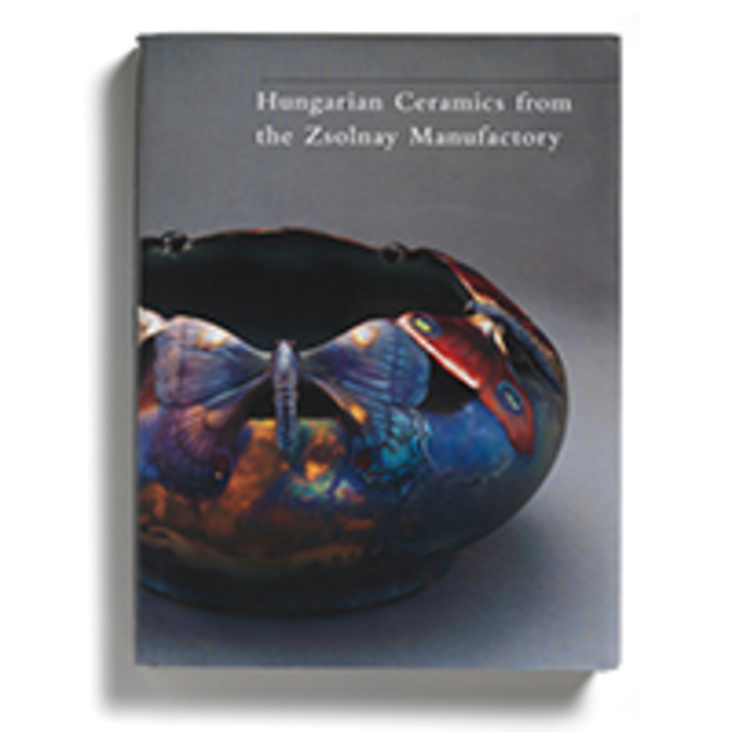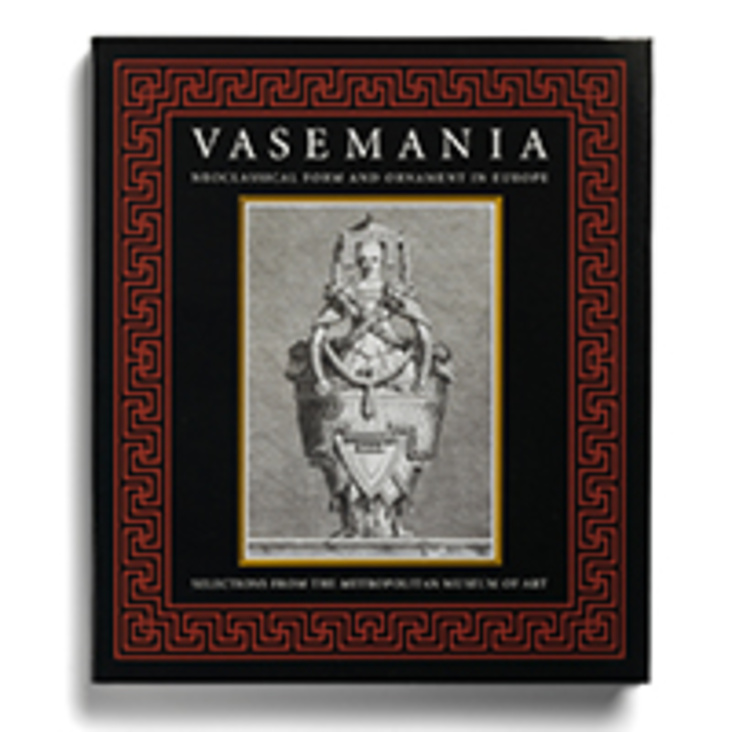Isabelle Kalinowski will present at the Seminar in Cultural History on Tuesday, December 3, at 6 pm. Her talk is entitled “Gottfried Semper: Architecture, Textile, and Memory.”
In the 1830s, German architect Gottfried Semper (1803–1879) took part in the historical movement of rediscovery of ancient architectural polychromy. His main interest, however, was not limited to demonstrating the historical existence of polychromy: he wanted to explain the function of color and to find an interpretation of the décor’s necessity. He argued that polychromy has essentially to do with memory: the colored décor is a reminiscence of an origin which is more structural than strictly historical. The elements of décor are always linked to something which is remembered: not only to an event in the people’s history, or to a symbolic value, but to the memory of architecture itself. It refers to another material. From the end of the 1840s onward, Semper identifies this architectural memory as a reminiscence of “textile.” In his major work, Style (1860–1863), he refines his conception of genealogy: according to him, the process of material metamorphosis accounts for the agency of architecture. In this lecture, Kalinowski will explore Semper’s theory of material memory and explicate the role of figuration and abstract ornamental décor in this process as well as the function of Stoffwechsel (metabolism) or migration from one material technique to another in its discontinuity and nomadic history. Semper’s analysis of the Chinese house will illustrate this talk.
Isabelle Kalinowski is Professor of German Studies at the Ecole Normale Supérieure, Paris, and Head of the Graduate Program (Translitterae) of PSL-University (Paris Sciences et Lettres). Her main interest is the history of German sociology and anthropology of religion and arts in the second half of the nineteenth century and in the first decades of the twentieth century. She focuses on the interpretations of the ritual dimensions of art and decorative art in the German-speaking area around 1900. Her last publication is an anthology of Carl Einstein’s writings on aesthetics (Carl Einstein, Vivantes figures, 2019). With a team of art historians, curators, and archeologists, she is currently preparing a French edition of Gottfried Semper’s Style.
To watch videos of past events please visit ourYouTube page.


















